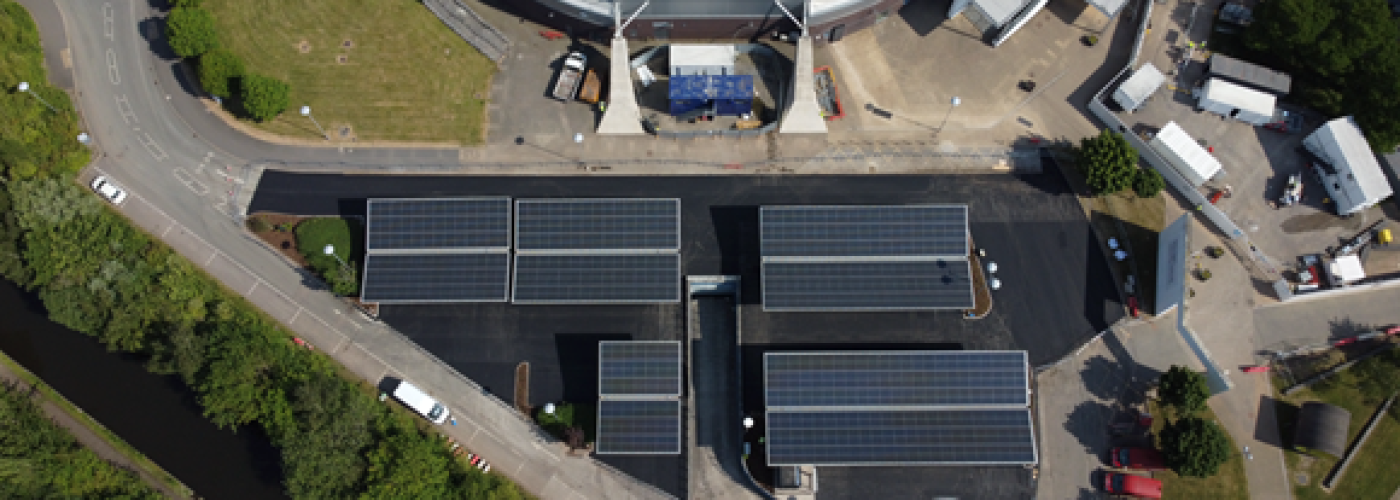Manchester City Council is on course to reach an important milestone this year as part of its drive to become zero-carbon by 2038.
By the end of 2023 the Council aims to have installed almost 10,000 new solar panels on its buildings across the city – 9,859 in total.
Reducing carbon emissions from council buildings by using renewable energy and energy efficiency measures is a key part of the Council’s Climate Change Action Plan 2020-25. Since 2022 a total of 6,897 panels have been installed across City Council-run sites, this includes Hough End Leisure Centre, the Wythenshawe Forum and Moss Side Leisure Centre.
An additional 2,962 panels have been commissioned or are in the pipeline to be delivered this year at locations such as Didsbury Library, and the Manchester Aquatic Centre.
As part of this project work has taken place at the National Cycling Centre in a bid to turn pedal power into solar power.
As part of the Unlocking Clean Energy in Greater Manchester project, The Council, working in partnership with Energy Systems Catapult and the European Regional Development Fund recently completed a £2.9m project to install solar car ports at the site. These car ports will provide shelter for vehicles, whilst generating power from solar panels installed on top.
As one of the most energy-dependent buildings within the Council’s estate, working to reduce the building’s overall consumption forms an important pillar of the Council’s overall carbon reduction plan.
It is estimated that the 1,005 m2 site – equivalent to around the size of four tennis courts – will generate roughly 172MWh of electricity annually.
In the eight weeks since the solar panels at the Velodrome went live, they have generated more than 47MWh of electricity, saving an estimated nine tonnes of carbon.
Councillor Tracey Rawlins, Executive Member for Environment and Transport said: “This work shows that tangible progress is being made as the Council works to become a zero-carbon organisation.
“Renewables such as solar power, even in rainy Manchester, provide a viable and unlimited source of energy for buildings across the city. “Looking at the National Cycling Centre, we have shown that we are able to seamlessly incorporate the use of renewable energy into the existing infrastructure, setting a clear example of how this approach can be replicated across the city.”
Building, Design & Construction Magazine | The Choice of Industry Professionals





